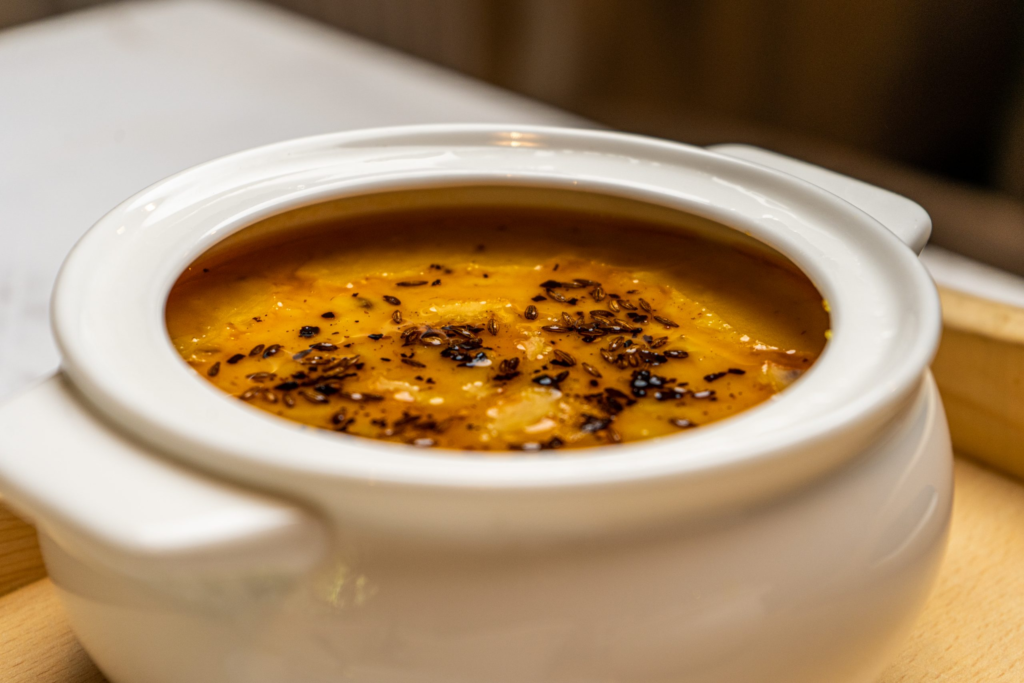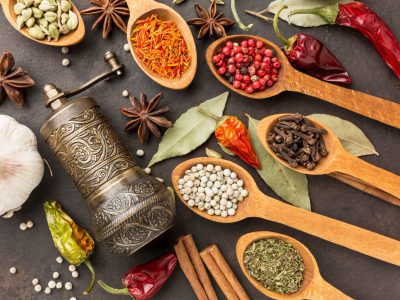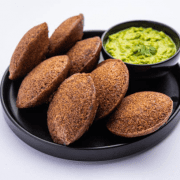Pulses are a form of legumes. They are a powerhouse of nutrients and a primary plant protein source. Pulses are crucial to the diet because they offer excellent nutritional value and have less saturated fat than beef, pork, or lamb. They are a healthy choice and perfect food that can easily be incorporated into meals.

What are pulses?
Pulses are the edible seeds of plants in the legume family. This includes dried beans, lentils, and peas. They are an inexpensive, low-fat source of protein, fiber, vitamins, and minerals. Pulses are also a good source of antioxidants and phytochemicals, which may protect against chronic diseases such as heart disease and cancer.
Pulses are versatile food that can be used in a variety of dishes. They can be cooked in different ways, such as boiling, simmering, stewing, or frying. Pulses can also be added to soups, salads, or casseroles.
Benefits of Pulses
Pulses are an important part of a healthy diet and have many health benefits.
Pulses are a low-fat, high-fiber food that is good for your heart and can help to lower cholesterol levels. They are also a good source of protein and contain essential vitamins and minerals, such as iron and folate.
Pulses can help you to lose weight or maintain a healthy weight, as they are filling and satisfying but low in calories. They can also help to regulate blood sugar levels and are slowly digested, which means they can help to keep you feeling full for longer.
Including pulses in your diet can also help to reduce the risk of developing some chronic diseases, such as type 2 diabetes, heart disease, and certain types of cancer.
How to incorporate your diet
Pulses are the perfect food for those looking to incorporate more healthy and important nutrients into their diet. They are a great source of protein, fiber, and essential vitamins and minerals, making them an ideal food for vegetarians, vegans, and people with allergies or sensitivities to certain foods.
Pulses can be incorporated into your diet in many different ways. You can add them to soups, stews, salads, or grain dishes. You can also cook them on their own as a side dish or main course. Pulse flour can be used to make bread, pasta, and other baked goods. And pulses can also be dried and ground into a powder that can be used as a seasoning or thickener.
No matter how you choose to incorporate pulses into your diet, you’ll be getting an array of important nutrients that will help you maintain good health. So start incorporating pulses into your meals today!
Recipes for Pulses

Pulses are an important food for both their nutritional value and their role in sustainable agriculture. As a source of protein, vitamins, minerals, and fiber, they are an essential part of a healthy diet. Pulses are also a key ingredient in many traditional dishes from around the world.
There are many delicious recipes that feature pulses as a main or supporting ingredient. Here are just a few examples:
-A simple yet flavorful dish of lentils and vegetables cooked in broth
-A hearty soup made with kidney beans, carrots, celery, and tomatoes
-A filling vegetarian chili made with black beans and corn
-A nutrient-rich side dish of chickpeas and spinach sauteed with garlic and olive oil
Pulses can be enjoyed in endless ways. Whether you are looking for a quick and easy meal or something more elaborate, there is sure to be a recipe that meets your needs. So get cooking and enjoy the many benefits that pulses have to offer!
Conclusion
Pulses are an important food for both our health and the environment. They are a great source of protein, fiber, and nutrients and can be used in various dishes. What’s not to love about pulses? After reading this article, we hope you’ll consider incorporating them into your diet. Thanks for reading!
















